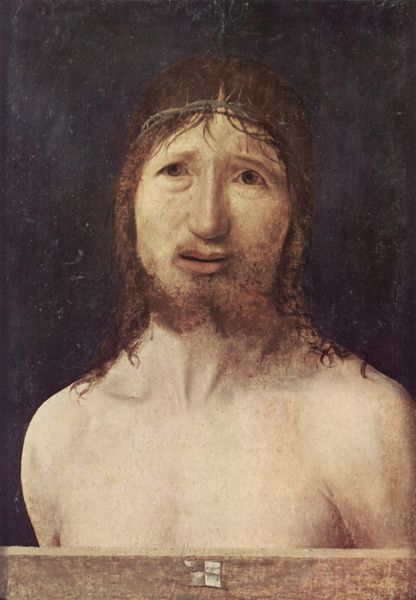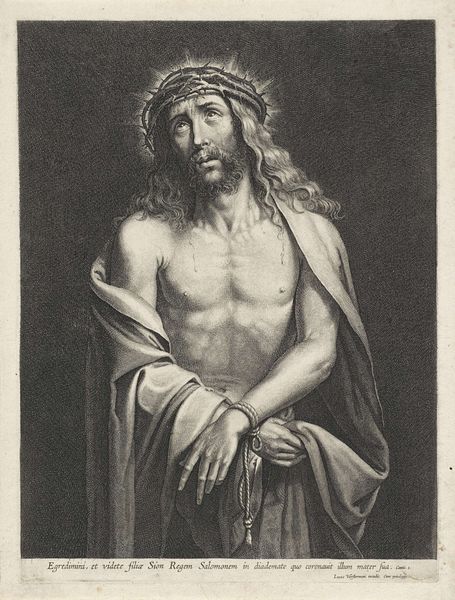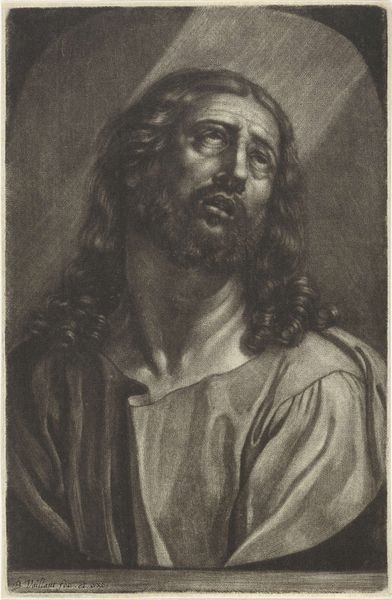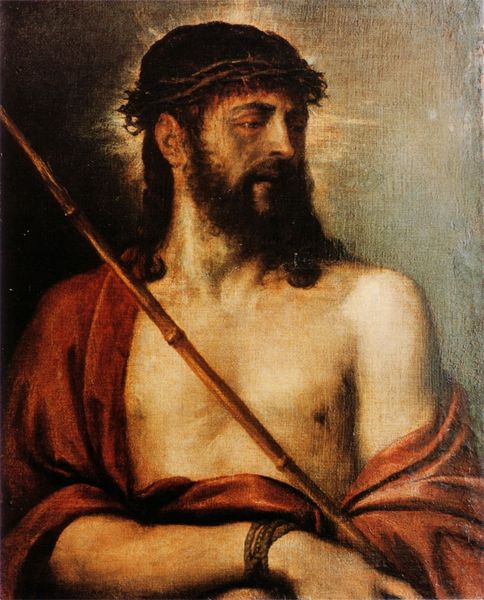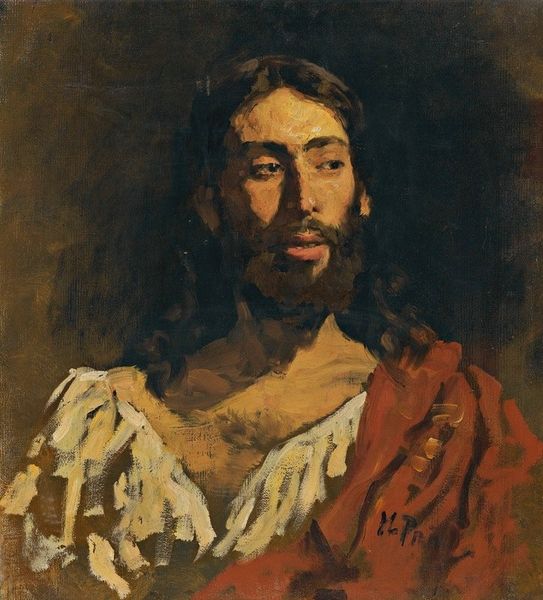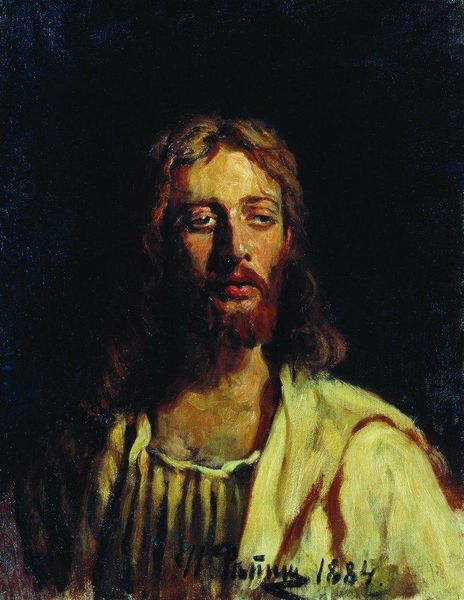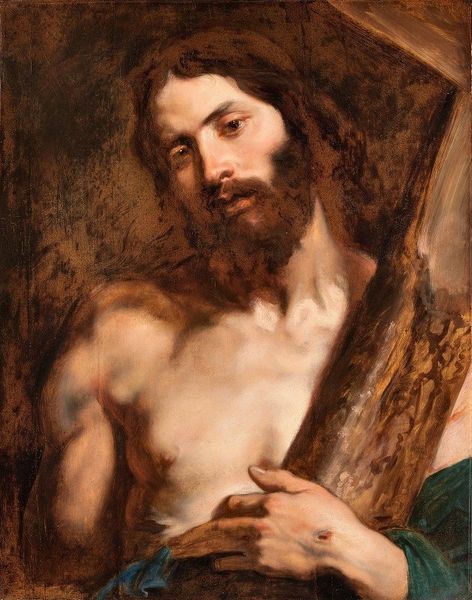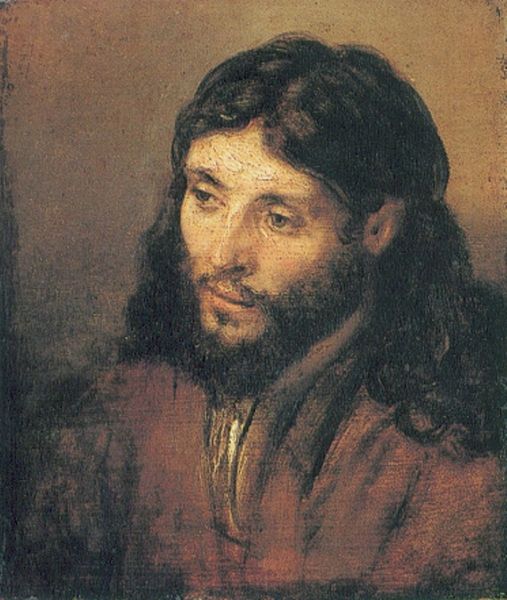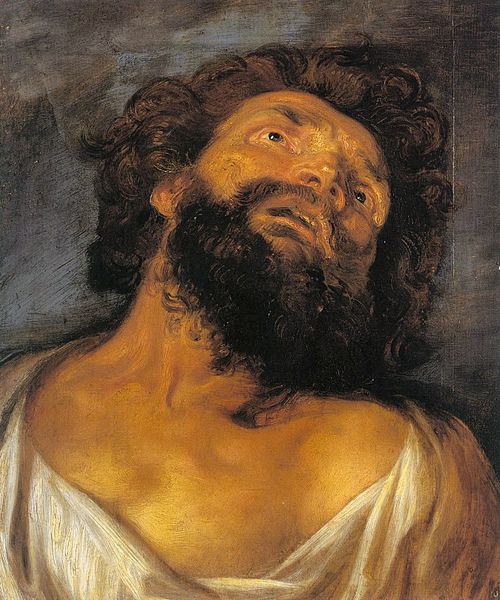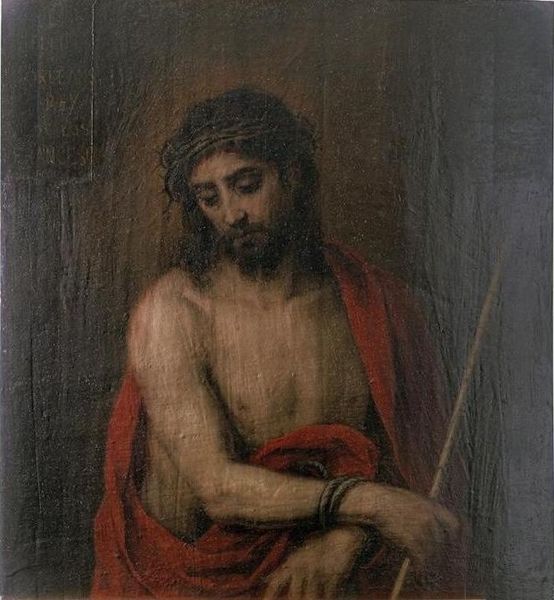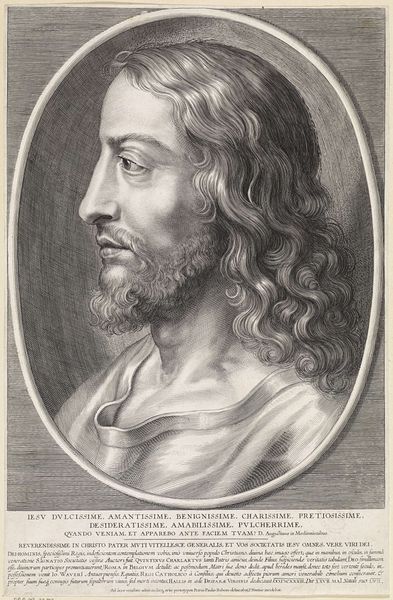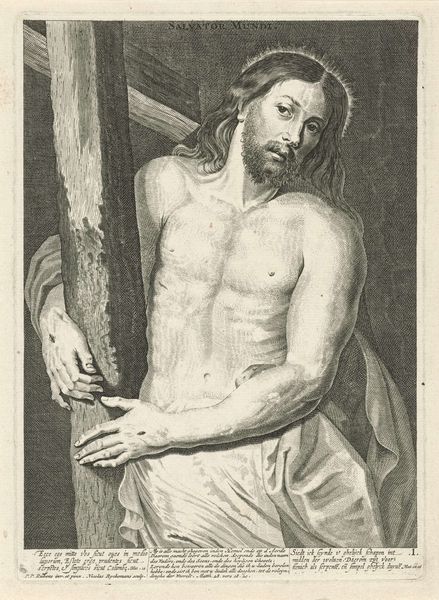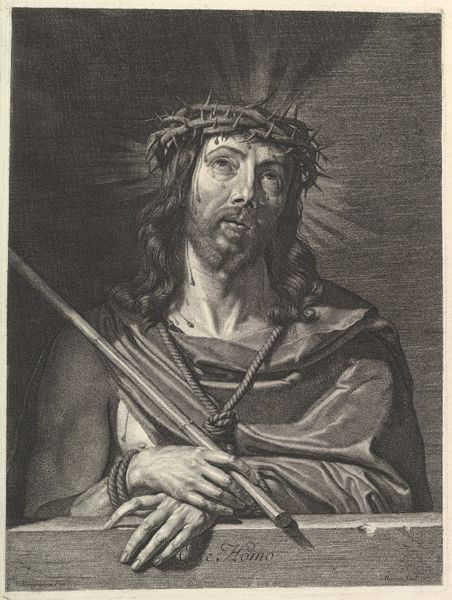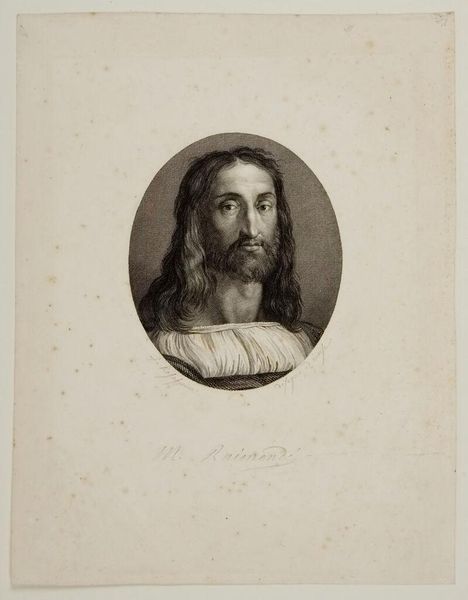
#
charcoal drawing
#
possibly oil pastel
#
portrait reference
#
portrait head and shoulder
#
underpainting
#
animal drawing portrait
#
portrait drawing
#
portrait art
#
fine art portrait
#
digital portrait
Copyright: Public domain
Rembrandt van Rijn made this painting of 'Christ Resurrected' using oil paint, a traditional medium capable of capturing light and texture. The painting has a tactile quality. Rembrandt laid the paint on thickly, a technique known as impasto. This gives the surface a three-dimensional feel. The way the paint is applied, with visible brushstrokes, shows the artist's hand at work. Oil paint allowed Rembrandt to build up layers of color and light, creating a sense of depth and realism. The use of shadows emphasizes the divine figure emerging from darkness. While oil painting was a refined technique, it was also part of a booming commercial system, reliant on skilled artisans who prepared the paints and canvases. Rembrandt was a master of this system, creating works that were both deeply personal and tied to the economic realities of his time. Paying attention to the materials and the making of 'Christ Resurrected' gives us a deeper understanding of the artist's skill. It also reveals the connections between artistic creation and the wider world of labor and trade in the Dutch Golden Age.
Comments
No comments
Be the first to comment and join the conversation on the ultimate creative platform.
